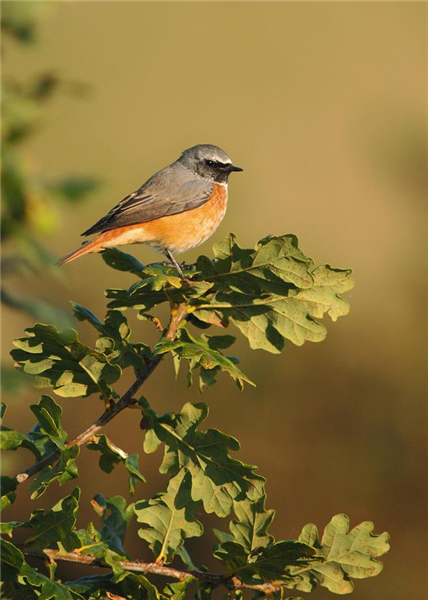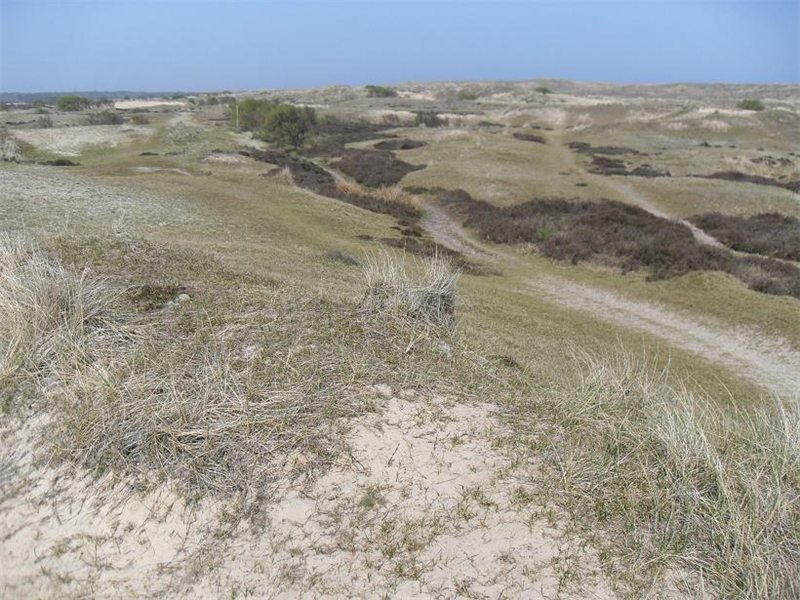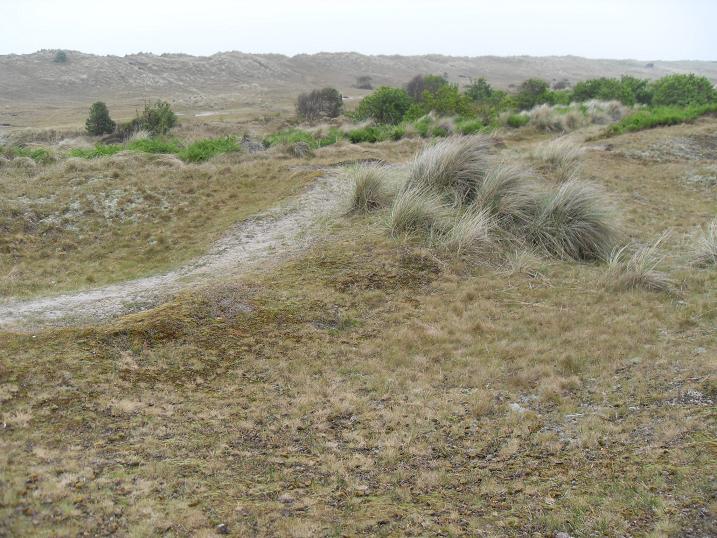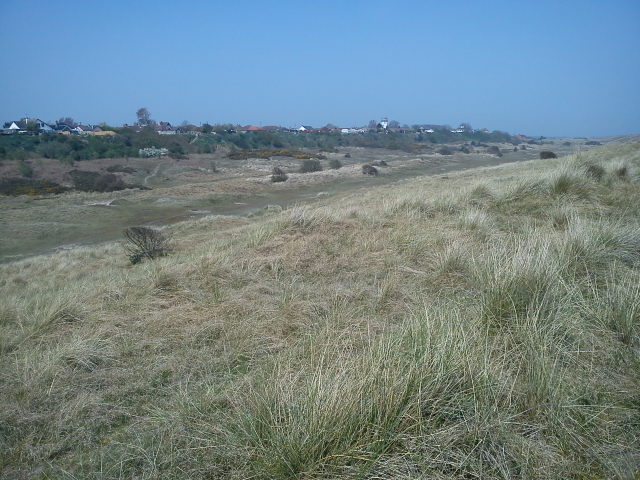Site Images

Common Redstart at Winterton dunes by Julian Bhalerao
view

Winterton north dunes
view

Winterton south dunes
view

Winterton south dunes
view
Summary
A large coastal dune system famed for attracting migrants
Location
-
TG498196
-
52.716340, 1.697170
Designated an SSSI, winterton is an excellent bird watching site, it is primarily a migrant hot spot but the site does offer more. There is a Little Tern breeding colony, Nightjars during the summer and the rare Natterjack toad in seasonal pools in the North dunes.
The site is split into the South and North Dunes, the south are easier to work and have some excellent habitat for tired migrants. The north are bigger with fewer scattered bushes but have turned up the biggest surprise in the shape of a Black Lark in April 2008. When working the south dunes head south from the road that leads to the beach café and check all bushes and trees against the bank at the back of the dunes, head as far south as you like then double back through the middle of the dunes checking these bushes. In the north dunes you can follow a similar pattern checking bushes at the back of the dunes and then back track through the middle.
If you are migrant hunting, it is best to visit in spring and autumn. In ‘fall’ conditions its not unusual to see 10+ Redstarts, Whinchat and Pied Flycatchers in the bushes and trees here and 30+ Wheatear in the dunes. The site regularly hosts Wryneck and Red Backed Shrike and some times a Hoopoe or Barred Warbler. Ariel migrants seem to be attracted here and the tall dunes give you a good view point to scan for such rarities as Red Rumped Swallow which are just about annual or maybe one of the rarer swifts.
Target Species
Migrants, Nightjar, Little Tern and Natterjack toad